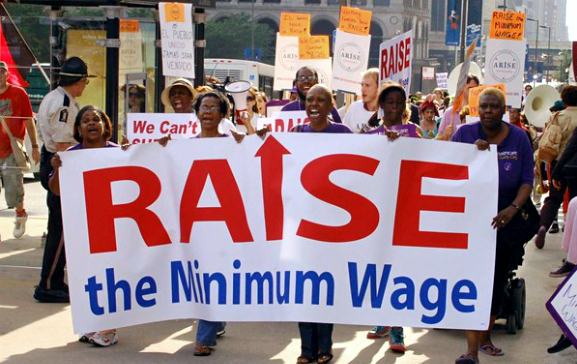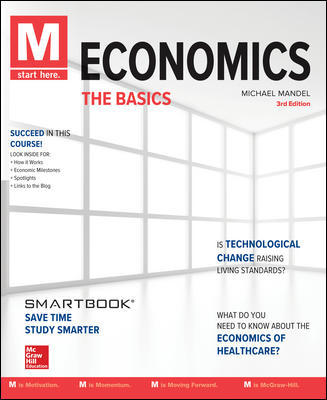September 2016:
Thomas* graduated college in 2013, not an easy time for new graduates. But as the unemployment rate dropped and the labor market improved, Thomas was able to switch to a new position. By 2015, his annual income was 60 percent higher.
Thomas was not alone. This September, the U.S. Census Bureau released good news on income and poverty in America in 2015. The bureau’s report showed that median household income rose 5.2 percent in 2015 over the previous year, after adjusting for inflation. That’s the first statistically significant increase since 2007, the year before the Great Recession devastated the U.S. economy. Median income across the U.S. has still not reached its 2006 high, but its current level brings us closer than any point since.
Further, the number of Americans living below the poverty line—an income level deemed by the Census Bureau to be the lowest acceptable living standard in the U.S. economy— dropped by nearly 8 percent, from 46.7 million in 2014 to 43.1 million in 2015. This led to an overall 1.2 percentage point drop in the U.S. poverty rate, the portion of the population living beneath the poverty line. Again, this data constituted the first truly positive shift in the metric since the Great Recession, as apparent in the figure below (from the Census report).

However, income inequality still remains. Indeed, racial inequality may have gotten worse in 2015 . Black median household income increased by only 4.1 percent in real terms in 2015, lagging the population as a whole.
In fact, black households were hit harder by the Great Recession than other demographic groups. The table below shows median household income for several race and ethnic categories, measured in 2015 inflation-adjusted dollars (Census allows people to report multiple race/ethnic categories for themselves, so ‘black alone’ for example, means a household headed by a person who only reported themselves as black).
Median Household Income by race and Hispanic origin, 2015 inflation-adjusted dollars

Source: U.S. Census Bureau, “Income and Poverty in the United States: 2015.”
Let’s compare incomes in 2015 to incomes in 2006, the peak year for real household incomes before the Great Recession. Non-hispanic white households are doing better than 2006; so are Hispanic households and Asian households.
By contrast, black households have seen their real median household income decline since 2006. So far, at least, the rising tide has not lifted all boats.
By Adam Lerner
*Name changed to protect anonymity.
Note: This textbook-based blog is explicitly non-political. We analyze current events for the beginning economics students without imposing our own views on the topic.
Key Terms
Income inequality: The disparity between high-income and low-income households or individuals.
Review Questions
Review Questions
Additional Reading
“Income and Poverty in the United States: 2015”, Census Bureau, September, 2016.
“The Fall and Rise of Inequality Over the Great Recession,” Forbes, February 25, 2015.





